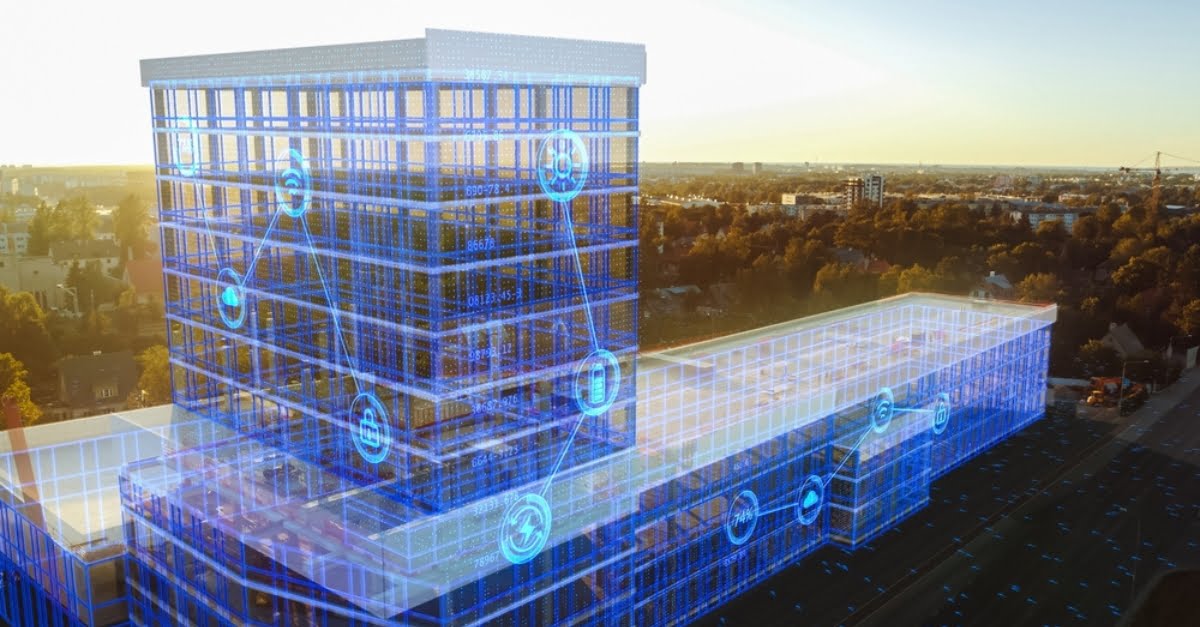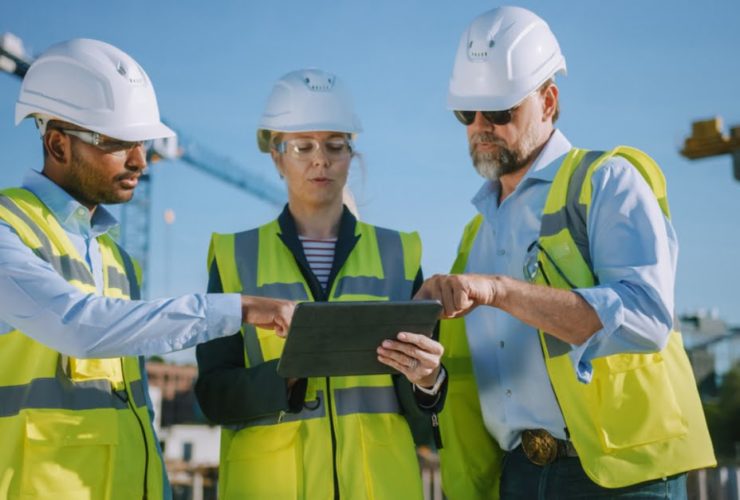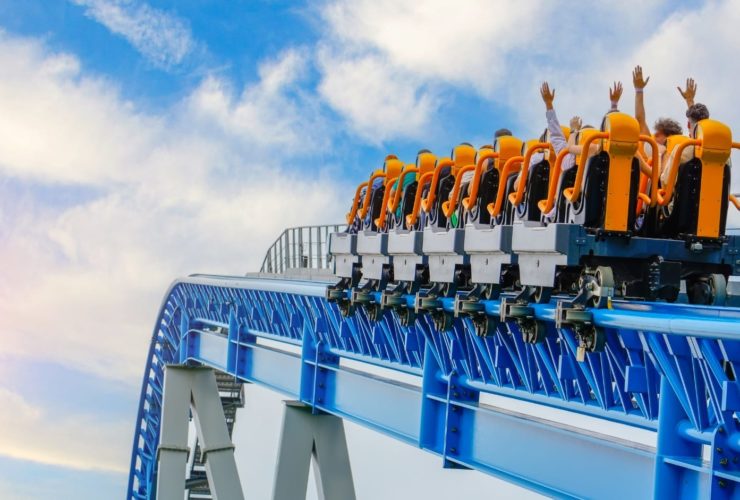What’s the Future of Sustainable Construction?
As the world continues to grapple with climate change and resource usage, the construction industry finds itself at a crossroads. In order to navigate the future, sustainable construction must be seen as a necessity rather than a passing trend.
Here, we’ll explore these emerging techniques and principles shaping the future of sustainable construction. From smart buildings to circular economy principles, let’s take a closer look.
Could Smart Buildings be the Pinnacle of Efficiency?
Smart buildings could represent a big leap forward in sustainable construction.
By integrating advanced tech and data analytics, these buildings are designed to optimise energy use, enhance occupant comfort, and bring down environmental impact.
Energy Management Systems
At the heart of smart buildings are sophisticated energy management systems that monitor and control energy usage in real-time. They can adjust heating, cooling, lighting, and even water usage based on occupancy and weather conditions. The end result could be a massive reduction in overall energy waste.
Internet of Things (IoT)
The IoT is also likely to play a crucial role in the future of sustainable construction techniques. It works by connecting various devices and systems to a central platform. Sensors could collect data on everything from air quality to room usage, giving us precise control and automation of building functions.
Renewable Energy Integration
Smart buildings often incorporate renewable energy sources like solar panels and wind turbines. By using smart grids, these buildings can not only consume but also produce and distribute energy with higher levels of efficiency.
Predictive Maintenance
Through continuous monitoring and data analysis, smart buildings can actually predict equipment failures before they occur. This reduces downtime and maintenance costs while extending the lifespan of building systems.
How Circular Economy Principles Can Reduce Waste and Maximise Resources
The circular economy is an economic model aimed at minimising waste and making the most of resources. It’s very important when considering how the construction industry is becoming more sustainable. In principle, it translates into designing buildings and processes that are sustainable from the ground up.
Design for Disassembly
More and more often, buildings are designed with the end of their life cycle in mind. Components are made to be easily dismantled and reused rather than sent to landfills. This reduces waste and encourages the recycling of materials.
Material Efficiency
Using materials more efficiently is central to the circular economy. This means selecting materials with a smaller environmental impact and ensuring they’re used to their full potential. For example, prefabrication techniques can reduce material waste by precisely cutting components off-site.
Recycling and Reuse
Demolition waste is one of the largest contributors to landfills. In a circular economy, materials from demolished buildings can be reused in new construction projects. This not only reduces waste but also conserves natural resources.
Sustainable Supply Chains
These principles can also extend to the supply chain. Choosing suppliers who use sustainable practices and materials can have a significant impact on the overall sustainability of a construction project.
Could Resilient and Adaptive Design Prepare us for an Uncertain Future?
Resilient and adaptive design tends to focus on creating buildings that can withstand and adapt to changing environmental conditions and unforeseen challenges. As our environment continues to change, this will be increasingly relevant to the way the future looks within the construction industry.
Climate Resilience
Buildings will be designed to withstand extreme weather events such as floods and heatwaves. This depends on using durable materials, designing for proper drainage, and incorporating features like elevated foundations.
Flexibility and Adaptability
As the needs of occupants change over time, buildings should be able to adapt without requiring large-scale modifications. This could mean using modular construction techniques, designing open floor plans, or incorporating movable walls.
Energy Independence
Resilient buildings often aim for energy independence through renewable energy sources and energy storage systems. This ensures that buildings remain operational during power outages or energy shortages.
Water Management
Efficient water use and management are absolutely vital for resilient design. This includes rainwater harvesting, greywater recycling, and using drought-resistant landscaping.
Which Innovative Materials Could Be the Building Blocks of the Future?
The development and use of innovative materials are crucial to advancing sustainable construction. These materials are designed to reduce environmental impact while enhancing the performance and longevity of buildings.
Green Concrete
Traditional concrete production is highly carbon-intensive. Green concrete uses alternative materials such as fly ash, slag, and recycled aggregates to reduce its carbon footprint. Additionally, some types of green concrete can absorb CO2 from the atmosphere.
Cross-Laminated Timber (CLT)
CLT is a sustainable alternative to steel and concrete. Made from layers of wood glued together, CLT is strong, lightweight, and has a much lower carbon footprint. It’s also renewable and can be sourced from sustainably managed forests.
Self-Healing Materials
These materials can repair themselves when damaged, extending the life of buildings and reducing maintenance costs. For example, self-healing concrete contains bacteria that produce limestone to fill cracks as they form.
Phase Change Materials (PCMs)
PCMs can store and release thermal energy, helping to regulate building temperatures. By absorbing excess heat during the day and releasing it at night, PCMs reduce the need for artificial heating and cooling.
Join the Future of Sustainable Construction with ITS
At ITS Building People, we are committed to supporting the UK’s construction industry by connecting skilled professionals with leading contractors, developers, and sub-contractors. Since 1973, our expertise in recruitment has ensured that the best clients find the best candidates, whether for trades and labour or professional construction staff, on both temporary and permanent bases.
Whether you’re a job seeker or an employer, join us in building a fair and sustainable built environment. Contact ITS today to explore opportunities and partnerships that drive innovation and sustainability in construction.






